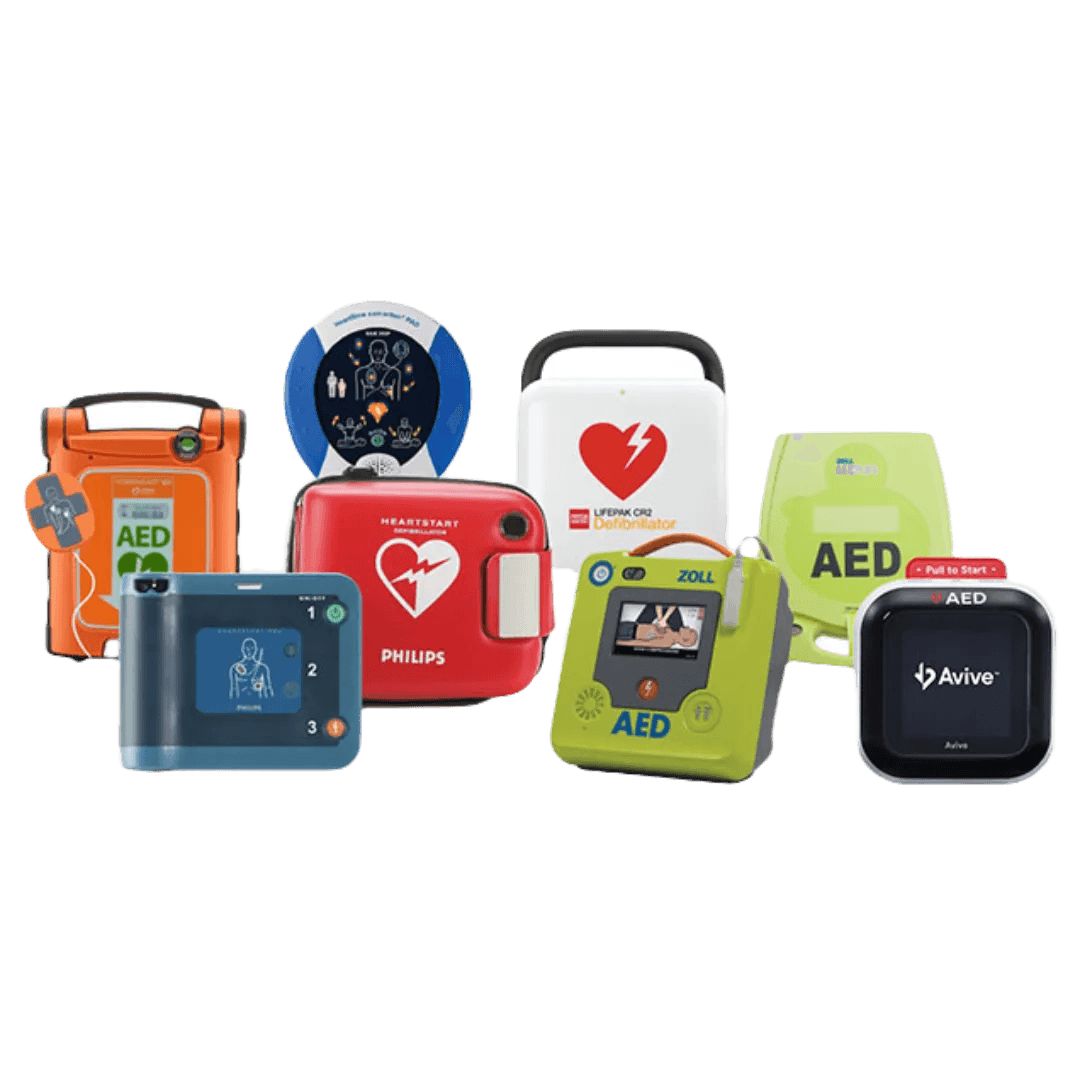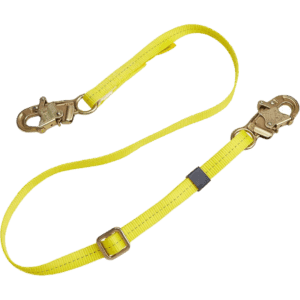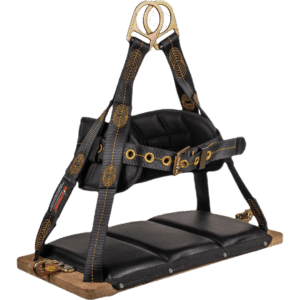An Automatic External Defibrillator (AED) is a portable medical device designed to treat sudden cardiac arrest (SCA) by delivering a controlled electrical shock to the heart. SCA occurs when the heart’s electrical system malfunctions, leading to an irregular heartbeat (arrhythmia). AEDs are equipped with sensors and a shock-delivery mechanism that can analyze the heart’s rhythm and automatically recommend and administer a shock if necessary. AEDs are simple to use, with audio instructions guiding the operator through the process. Many models are equipped with features such as CPR feedback and real-time data transmission for medical professionals. AEDs are essential in workplaces, public spaces, and homes, as they can significantly increase survival rates if used within minutes of a cardiac arrest. AEDs must comply with standards such as AHA (American Heart Association) and SASO 2901 to ensure they meet safety and performance guidelines.
Key Features:
- Easy-to-Use Interface: Voice prompts and visual indicators to guide users through each step of the process.
- Portable and Lightweight: Designed for easy transport to emergency situations.
- Automatic Shock Delivery: Automatically detects arrhythmias and administers a shock if necessary.
- CPR Assistance: Some models provide real-time feedback for chest compression depth and rate.
- Data Storage: Many AEDs store event data for review by healthcare professionals after use.
Types and Standards:
- Semi-Automatic AEDs: Require the user to press a button to administer a shock after the device analyzes the heart’s rhythm.
- Fully Automatic AEDs: Automatically deliver a shock without user intervention after analyzing the heart rhythm.
- **AHA, SASO 2901: Standards that ensure AEDs meet the necessary safety, electrical, and performance criteria.
Brands Available:
Philips, Zoll, Cardiac Science, Physio-Control, and Defibtech provide a range of AEDs suitable for home, office, and public space use.
General Maintenance:
Perform regular maintenance checks on the AED, including verifying that the battery is fully charged and that the electrode pads are within their expiry date. Ensure the device is stored in an accessible location, and conduct periodic drills to ensure staff know how to use the AED in an emergency. Follow the manufacturer’s guidelines for servicing and replace any parts as recommended.





